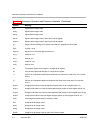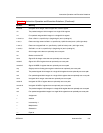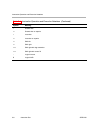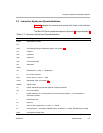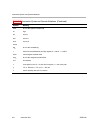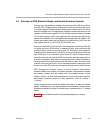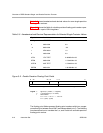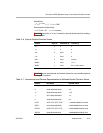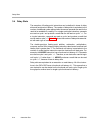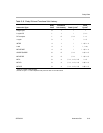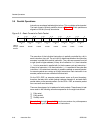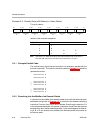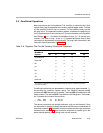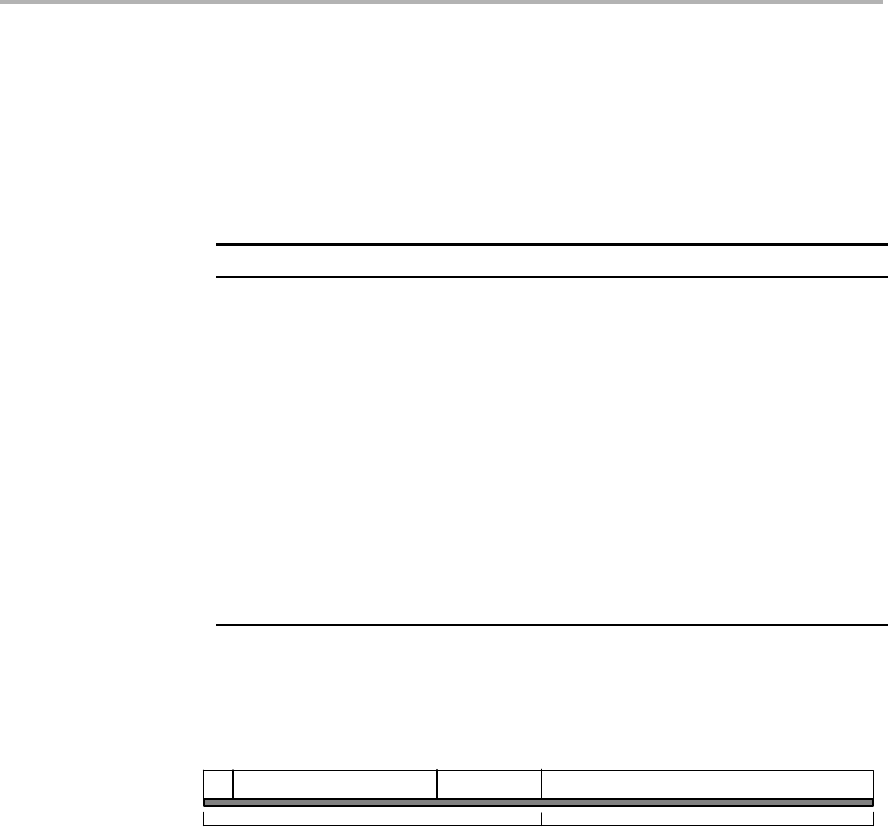
Overview of IEEE Standard Single- and Double-Precision Formats
Instruction Set3-12 SPRU733
Table 3−5 shows hexadecimal and decimal values for some single-precision
floating-point numbers.
Figure 3−2 shows the fields of a double-precision floating-point number repre-
sented within a pair of 32-bit registers.
Table 3−5. Hexadecimal and Decimal Representation for Selected Single-Precision Values
Symbol Hex Value Decimal Value
NaN_out 7FFF FFFF QNaN
0 0000 0000 0.0
−0 8000 0000 −0.0
1 3F80 0000 1.0
2 4000 0000 2.0
LFPN 7F7F FFFF 3.40282347e+38
SFPN 0080 0000 1.17549435e−38
LDFPN 007F FFFF 1.17549421e−38
SDFPN
0000 0001 1.40129846e−45
Figure 3−2. Double-Precision Floating-Point Fields
31
e
20 19 0
31
0
30
s
Odd register Even register
f
f
Legend: s sign bit (0 = positive, 1 = negative)
e 11-bit exponent ( 0 < e < 2047)
f 52-bit fraction
0 < f < 1*2
−1
+ 1*2
−2
+ ... + 1*2
−52
or
0 < f < ((2
52
)−1)/(2
52
)
The floating-point fields represent floating-point numbers within two ranges:
normalized (e is between 0 and 2047) and denormalized (e is 0). The following
formulas define how to translate the s, e, and f fields into a double-precision
floating-point number.



